Original air date: 14 November 1990

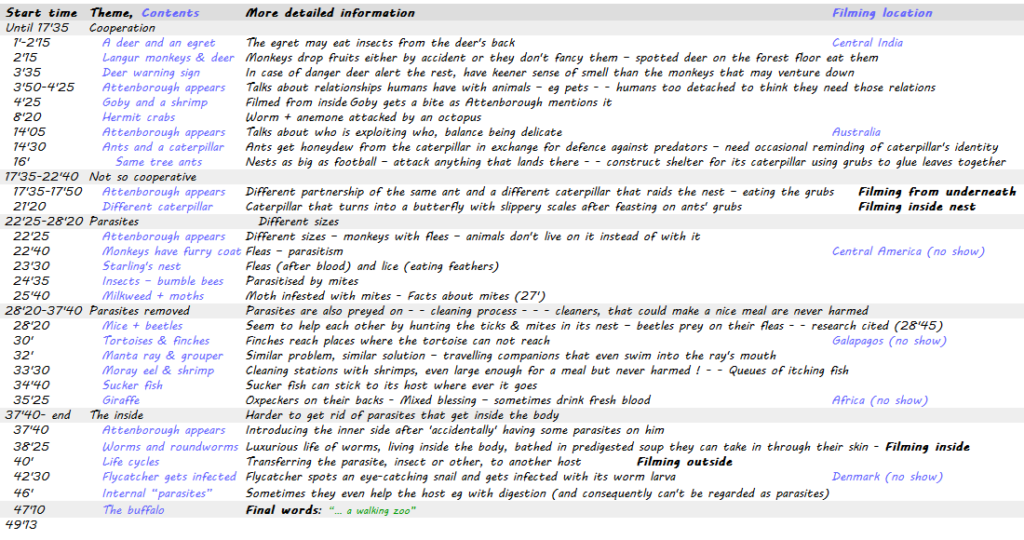
Selected material
A caterpillar-ant co-operation
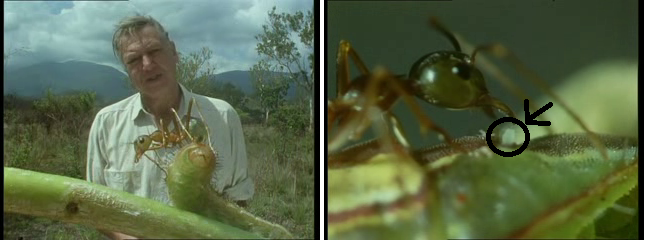
The caterpillar occasionally needs to remind the ants of its identity (with vibration) to avoid being ripped apart
A tortoise enjoying the help of finches to remove its parasites (30′-32′)
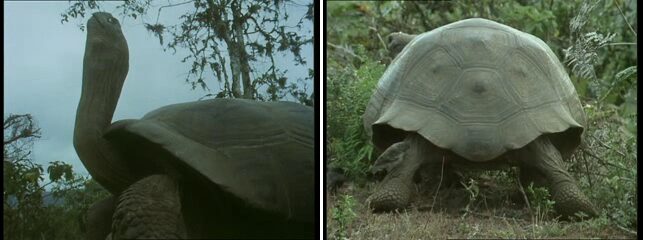
All that the tortoise needs to do is give them a sign and stretch, they will do the rest. And the finches will actually benefit from their “deeds” as it is food for them.
Filming inside the digestive tract (46′-47′)
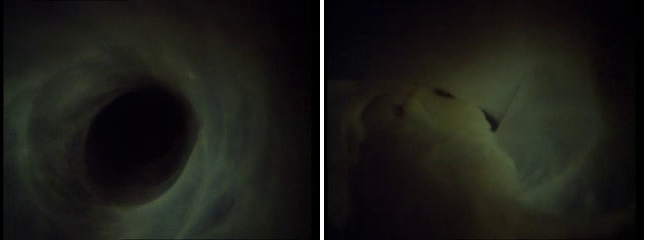
The frame on the left shows the digestive tract without any blocking, but on the right there is some creature inside it. Parasites that get into the digestive tract don’t even need a mouth. They are bathed in soup of soup of nutrition that the host has chewed and partly digested for itself. They only need to take it in through their skin. Best structured for this role are some worm-like creatures. Every backboned animal (eg amphibian, bird, mammal) that has been thoroughly examined has proved to include roundworms. But some ‘parasites’ don’t harm their hosts, they may even help them … consequently they are not parasites.
Final words (talking about the final conclusion from the programme while having a look at a buffalo):
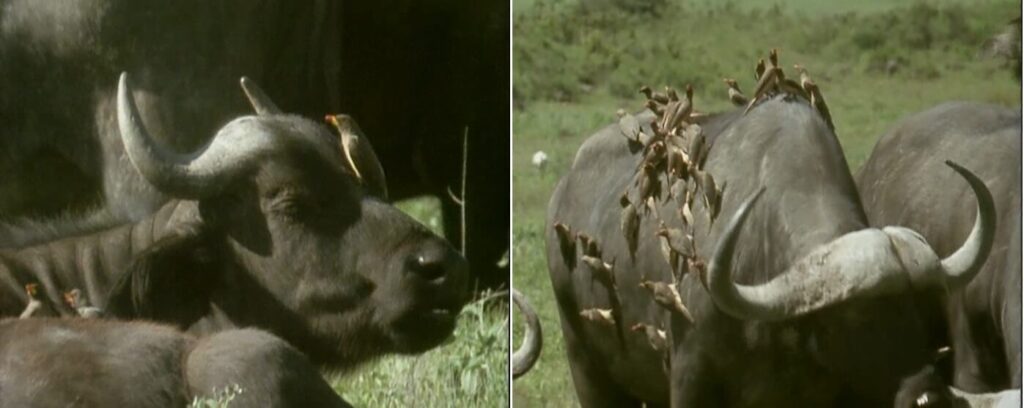
“… So a buffalo, like most wild animals, is not, as it might appear, a single individual. It’s a walking zoo. Its oxpecker companions are obvious enough, but if we looked closer we would find ticks boring into its skin, in its mouth, leeches that it picked up when it drank from the river. Tapeworms are trailing through its guts, flukes are moored in the veins of its liver, and protozoans are swimming in its blood and swilling around in its stomach. It’s a whole community of different animals that have been committed by evolution, for better or for worse, in sickness and in health, to live together.”